Few herbs are as easy to grow or as rewarding as lemon balm. A member of the mint family, Melissa officinalis even looks a bit like spearmint and is grown in much the same way.
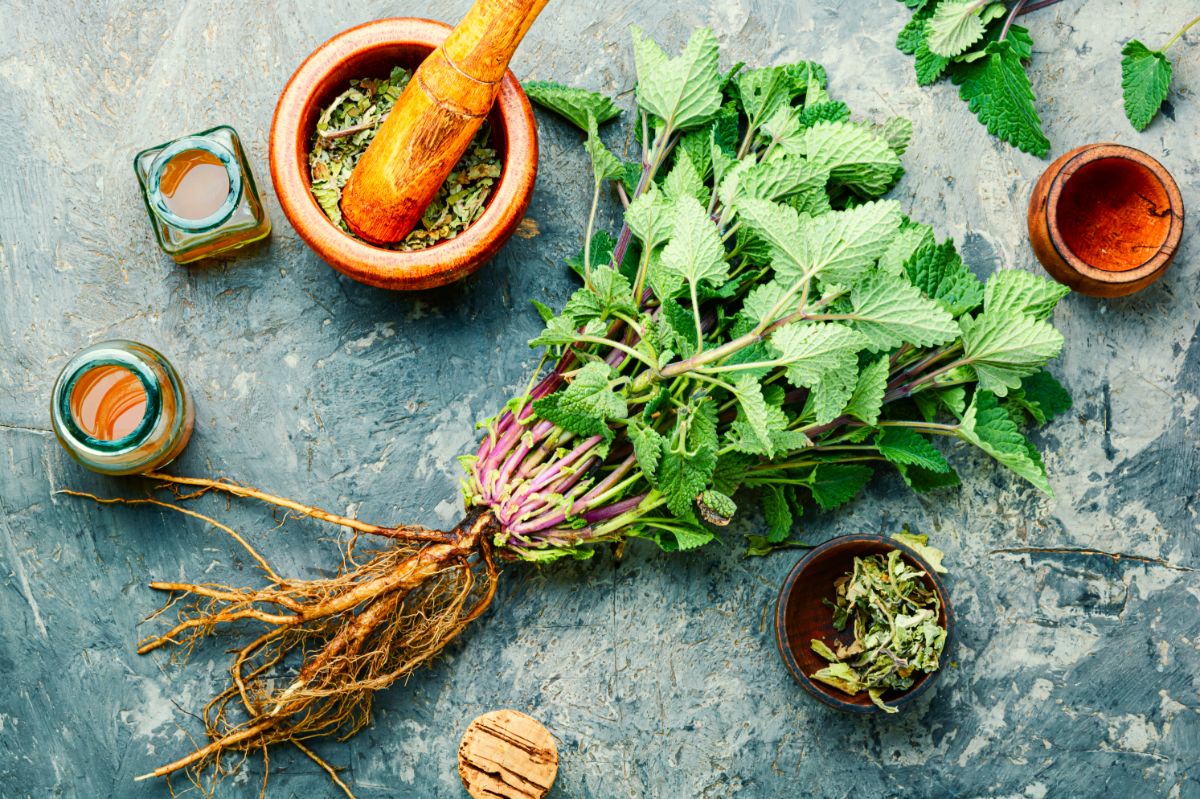
Lemon balm is a pleasure to work with in the garden. It will tolerate light shade to full sun, making it perfect for tucking into those locations where neighboring plants might start to shade it later in the season.
For centuries, people have used lemon balm for culinary and medicinal purposes. It is widely viewed as a calming herb, and modern science continues to find evidence that the chemicals in lemon balm produce neurocognitive effects and act as stress reducers.
Dried lemon balm leaves are available at health food stores or online, as well as products containing lemon balm extracts and oils like salves, tinctures, oils, creams, and capsules. But if you want fresh lemon balm leaves for use in the kitchen or for tea, you’ll have to grow your own. Fresh lemon balm is rarely available at the grocery store.
A rapid grower once established lemon balm leaves can be harvested as needed during the growing season. The frequent cutting back of stems causes new, leafy growth.
In temperate areas, it can be cut back for a large harvest in the fall. Lemon balm is a flavoring often used for Mediterranean cuisine, including salads, fish, poultry, and desserts. Add it to your dishes near the end of the cooking process to maximize flavor.
Lemon balm will flourish in a container on a deck or patio and complements basil well in a pot. Both enjoy the sunshine and moist, fertile soil. If you don’t have a large garden or are limited to containers, lemon balm is an easy and useful plant to provide greenery and kitchen benefits.
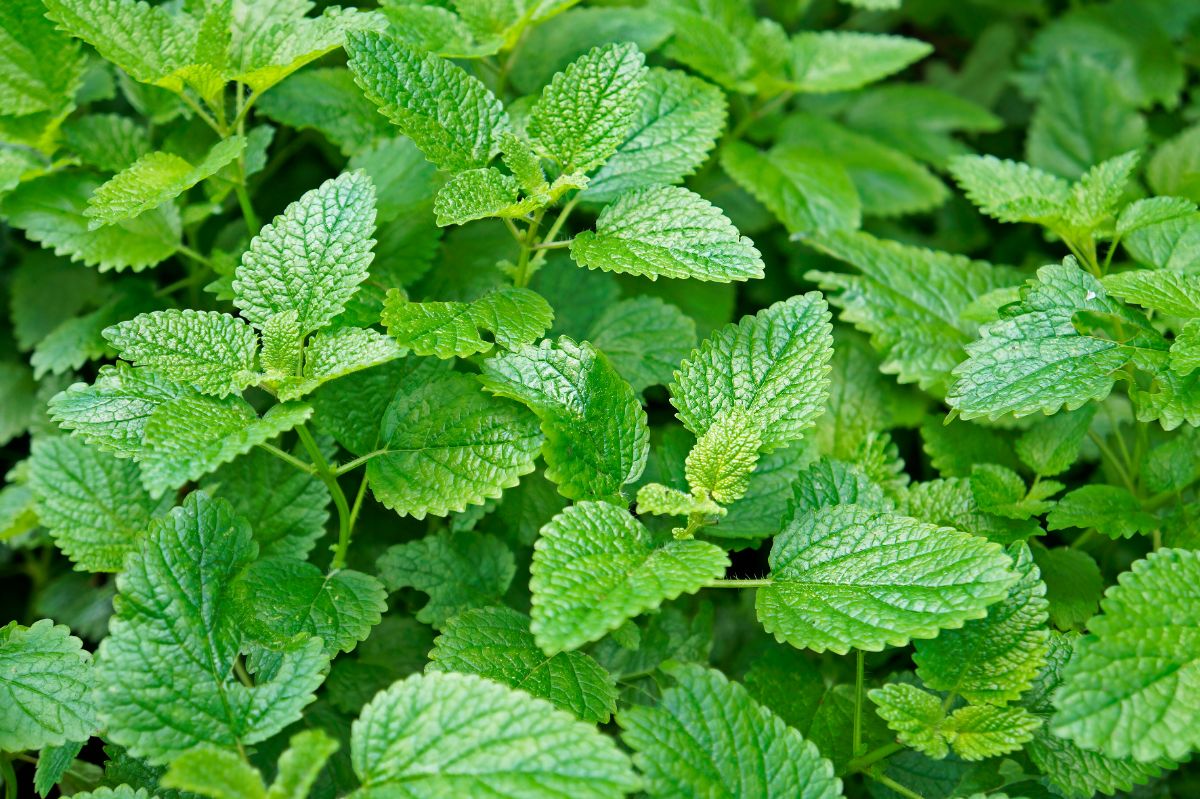
Don’t confuse lemon balm with bee balm. Lemon balm is a shorter, bright green herb native to the Mediterranean region of southern Europe and north Africa. Bee balm (Monarda spp.) is a tall, flowering plant (also in the mint family) native to North America.
It gets easier to confuse because lemon balm is commonly referred to as bee herb, sweet balm, and just plain balm. Impress your friends–maybe–by dropping the botanical name of Melissa officinalis into a conversation.
Jump to:
If lemon balm is in the mint family, is it invasive?
Have no fear. Lemon balm will not take over as some mint plants will. It does reproduce vegetatively and self-seed if conditions are right, but it expands rather than runs across the garden. Frequent harvest and a little work with the spade to keep it down to size are all that is needed.
Lemon balm does not send out underground runners, but the roots will expand and enlarge the original planting.
Why propagate lemon balm?

Propagating lemon balm is easy, and any hassle-free way to get free plants should be frequently practiced by gardeners. Reliable to grow from seed, lemon balm also responds well to other propagation methods.
Cultivars like ‘‘Citronella,’’ ‘‘Lemonella,’’ and ‘‘Mandarina’’ can be hard to find. Garden club members and other gardening friends may be able to provide cuttings or rooted divisions to expand your collection. The home gardener can usually only reproduce these unique cultivars through vegetative or root propagation methods.
Dry your extra lemon balm
Air drying is my favorite method to preserve lemon balm. Simply hang a bunch upside down from the string for a week or two in a warm, dry location. However, my kitchen sometimes gets cluttered with bundles of herbs hanging from hooks, and they drop leaves in whatever you might be whipping up on the counter.
No, I don’t know why the chocolate chip cookies taste like sage.
You can also use a dehydrator or your oven for quicker results. If you are new to drying herbs, check out this primer from the National Center for Home Food Preservation.
How to Grow Lemon Balm from Stem Cuttings
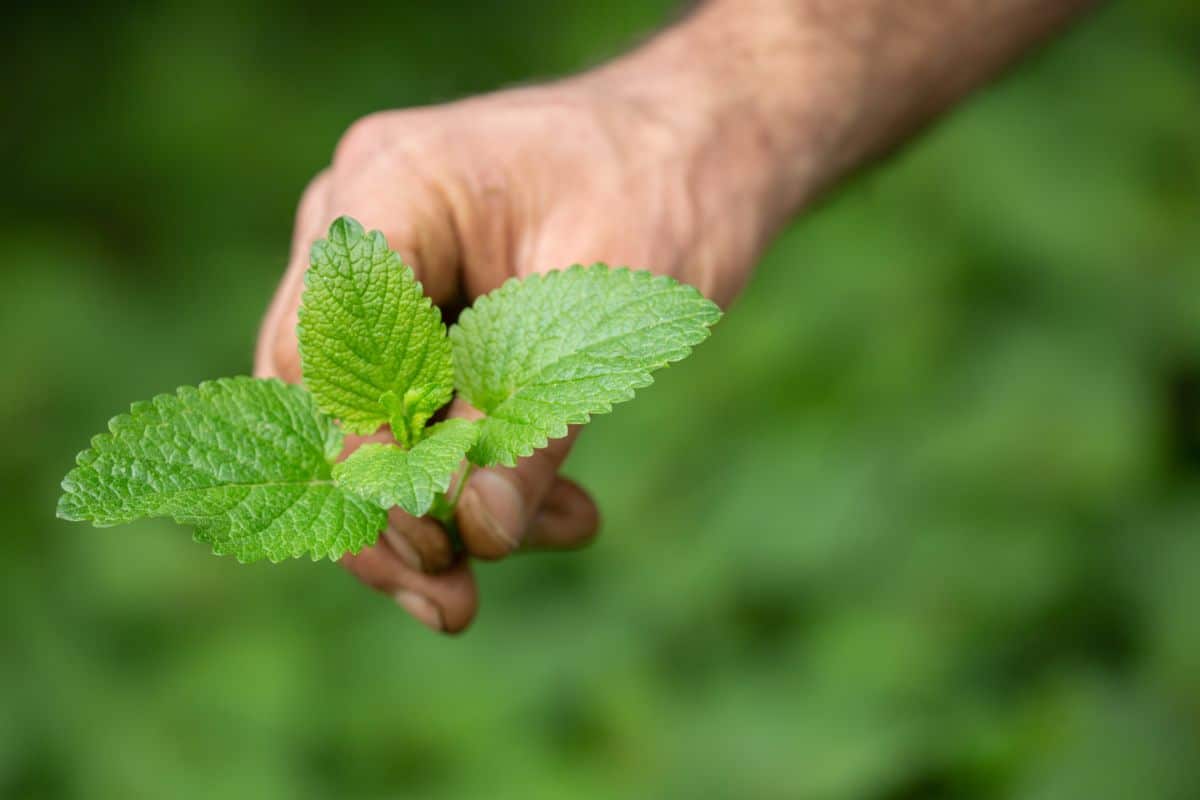
Taking a lemon balm cutting
- Snip a young stem about 4-5 inches long.
- Gently remove the leaves off the bottom 2-3 inches of the stem.
If rooting in water:
- Place the cuttings in a clear-walled container filled with clean, non-chlorinated water. If your tap water is treated, use another source or let your water sit on the counter for 24-48 hours to let the chlorine to dissipate.
- Change the water every 3-4 days to keep it fresh, and keep the jar in a brightly lit and warm spot out of direct sunlight.
If rooting in soil or another medium:
- Fill your container with pre-moistened potting soil. Ensure there is adequate drainage.
- Make a hole into the planting medium with a stick or pencil.
- Moisten the end of the stem and dip it in the rooting hormone. Lemon balm roots willingly, but your success rate will be higher if you give it some help. If you don’t have any rooting hormone, don’t worry about it.
- Place or ‘‘stick’’ your cuttings. Firm the medium around the stems and place them in a bright location out of direct sunlight.
- In a few weeks, you can check the progress of your new plants’ roots by gently giving the stems a little tug. If there is resistance, your lemon balm cutting has grown roots and is ready for potting up. New growth is also an indicator of rooting success.
Tip: If you plan on transplanting your lemon balms outside, don’t forget to harden them off.
How to Grow Lemon Balm from Seed
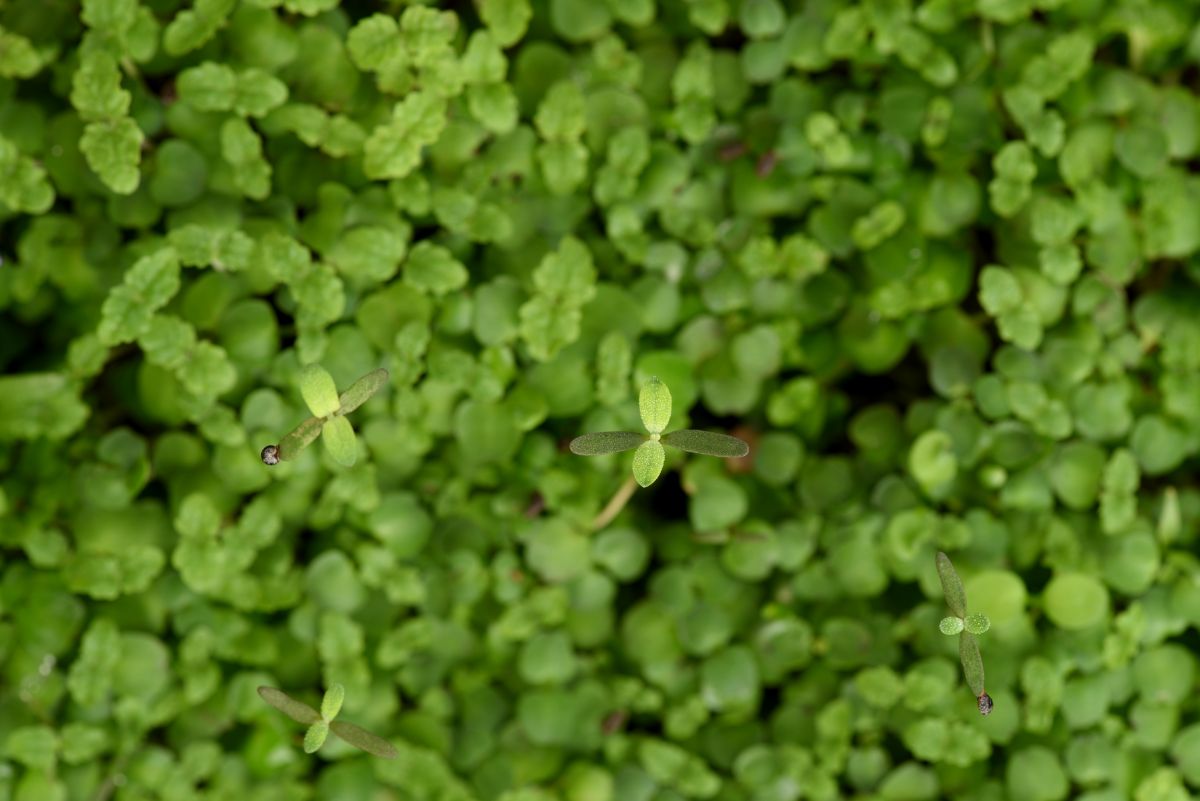
Start about 6-8 weeks before your last frost date. If your seed starting setup is typically slower to germinate or grow, begin even earlier. You can trim them back a bit if they get too far along. Toss the trimmings in a bowl of soup or make tea.
Cold stratifying lemon balm seeds for a week may improve germination rates.
To start lemon balm from seed:
- Prepare your seed starting medium and trays. Any potting or seed-starting mix will work. Fill the tray or cell packs with well-moistened soil. Lemon balm starts easily in soil blocks too.
- Lemon balm seeds need light to germinate. Sprinkle the seeds on the soil surface and lightly press them down to achieve good seed-to-soil contact.
- Mist the soil’s surface and cover it with a humidity dome or plastic wrap.
- Place them under lights or in a warm, sunny location outside. They should sprout in 7-14 days.
- Your little lemon balm seedlings are ready to move into larger containers when they have 3-4 true leaves.
Dividing Lemon Balm Plants

Dividing an existing plant is the fastest way to propagate your lemon balm. A few minutes with a garden trowel and a watering can, and you’re finished.
Lemon balm plants you purchased from a garden center can also be divided if they are large enough, giving you two or three plants for the price of one.
The end of the spring rush is a great time to buy larger lemon balms and other perennial plants from the nursery. They are often marked down on clearance. If the lemon balm looks a bit haggard, but the price is right, don’t hesitate. It will come back after a trim and a little TLC.
If your lemon balm is in a container
- Remove the plant and set the container aside.
- Grab the rootball with your hands and pry it apart. It will probably start to break into several pieces. Keep some foliage and stems with each root ball. Separate lemon balm plant roots down to the size of jam jars or baseballs as long as there are several stems with foliage for each.
- Replant each piece in a new pot with potting soil and water thoroughly, or transplant some into a garden bed.
For garden bed lemon balm
- Cut the plant back enough to see where you are working; use this lemon balm in the kitchen.
- Using a spade or trowel, separate a chunk of lemon balm stems plus roots and lift it free, like dividing it from a container.
- Plant this new lemon balm ball in a pot or other spot in the garden. Add some compost and mulch and give it a good watering.
Tips for Growing Lemon Balm
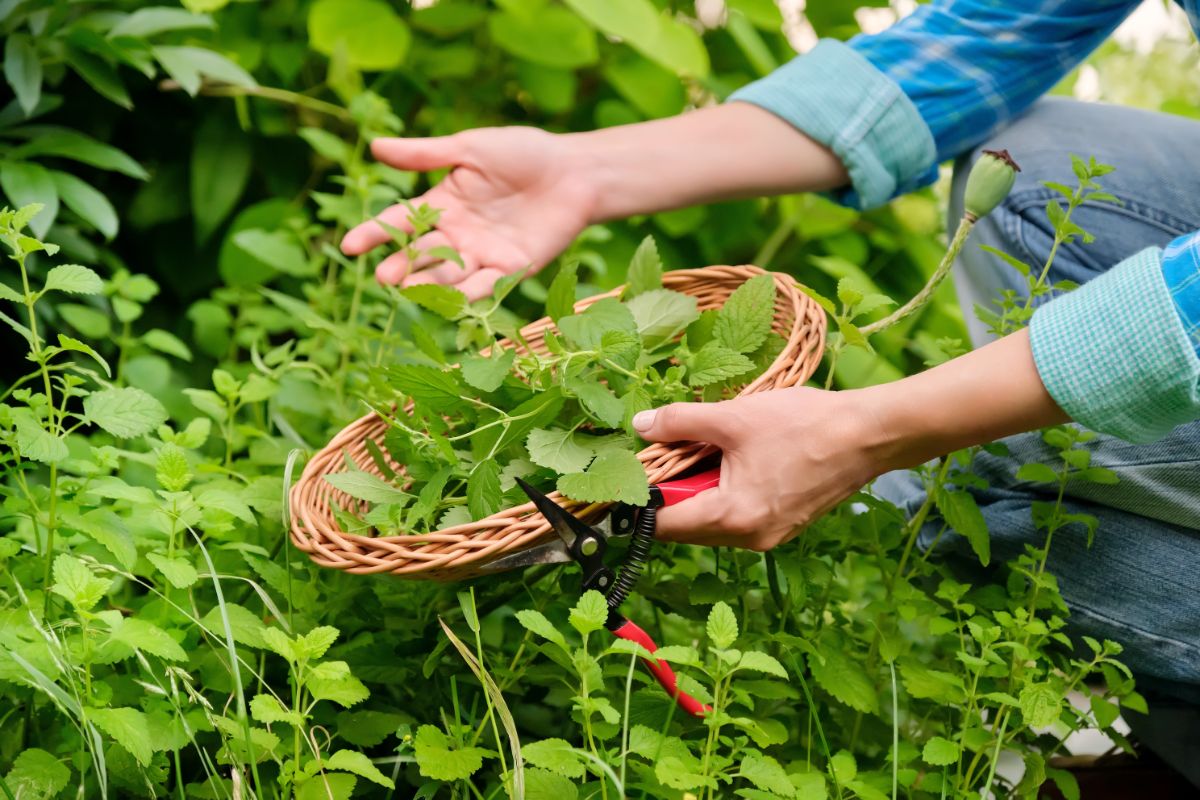
Lemon balm is a perennial in USDA zones 4 through 9. Fertile soil, enriched with compost if you can, good drainage, and sunshine are all this plant needs to thrive. Follow the tips below, and you’ll have the sassiest lemon balm in the neighborhood.
To grow loads of tasty fresh lemon balm
- Pinch young plants. If you started lemon balm from seed, pinch them once they are about 5-6 inches tall with several sets of leaves. Just above the second to the top node is fine. Your lemon balm will respond by branching out, and you’ll get bushier young plants.
- Harvest often. Lemon balm growing in good soil and sun will eventually try to bloom. While the flowers are a favorite of pollinators, the best flavor for using the herb is immediately before blooming. Trim back a third of the stems at a time and use them fresh or dry them as needed.
- Replace old plants after 3-4 years with new ones. Lemon balm can get a bit woody and less productive over time.
- Mulch under your lemon balms. They will enjoy the moist soil, and the mulch creates an encouraging environment for helpful soil microbes and worms.
Have you grown lemon balm before? What is your favorite way to use this fragrant and delicious herb? Tell us in the comments below.

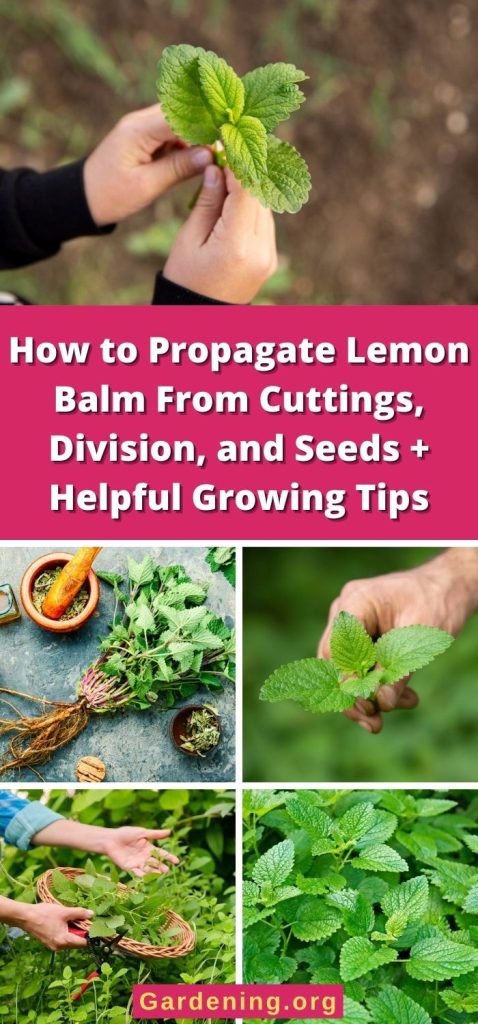
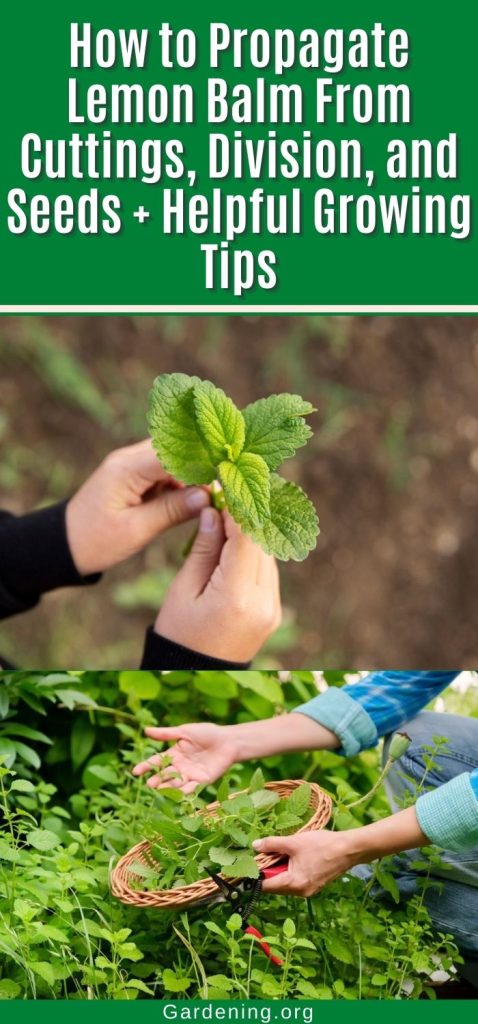
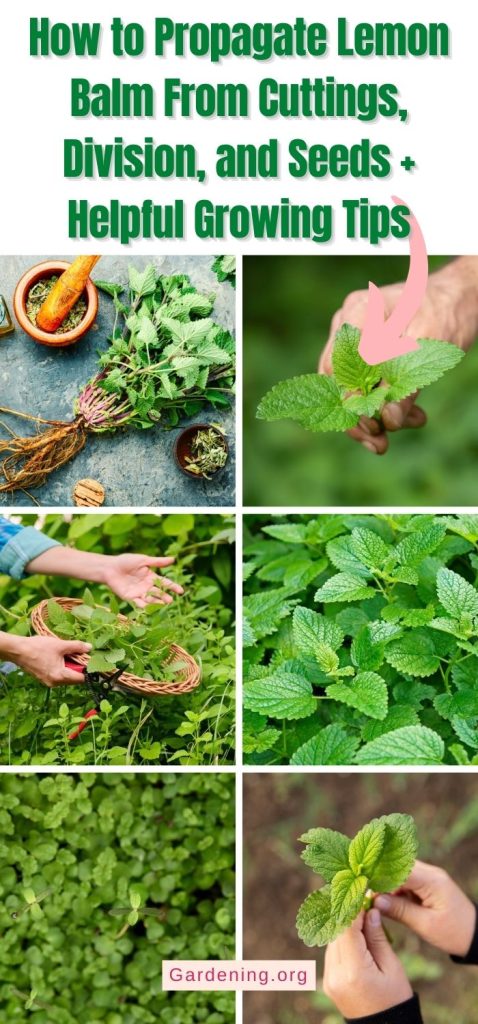
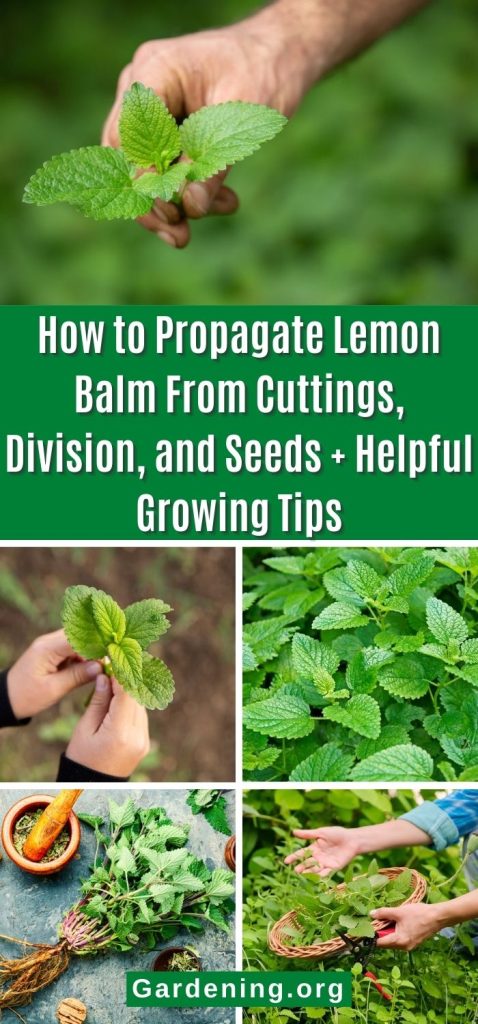
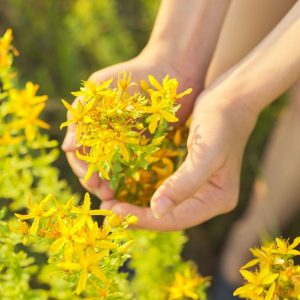
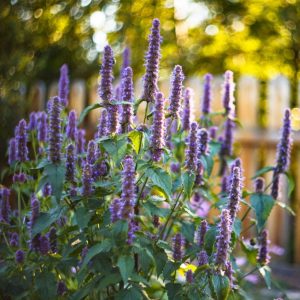
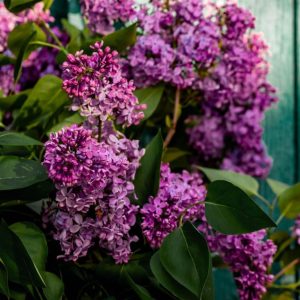
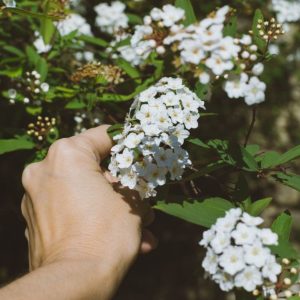
Leave a Reply